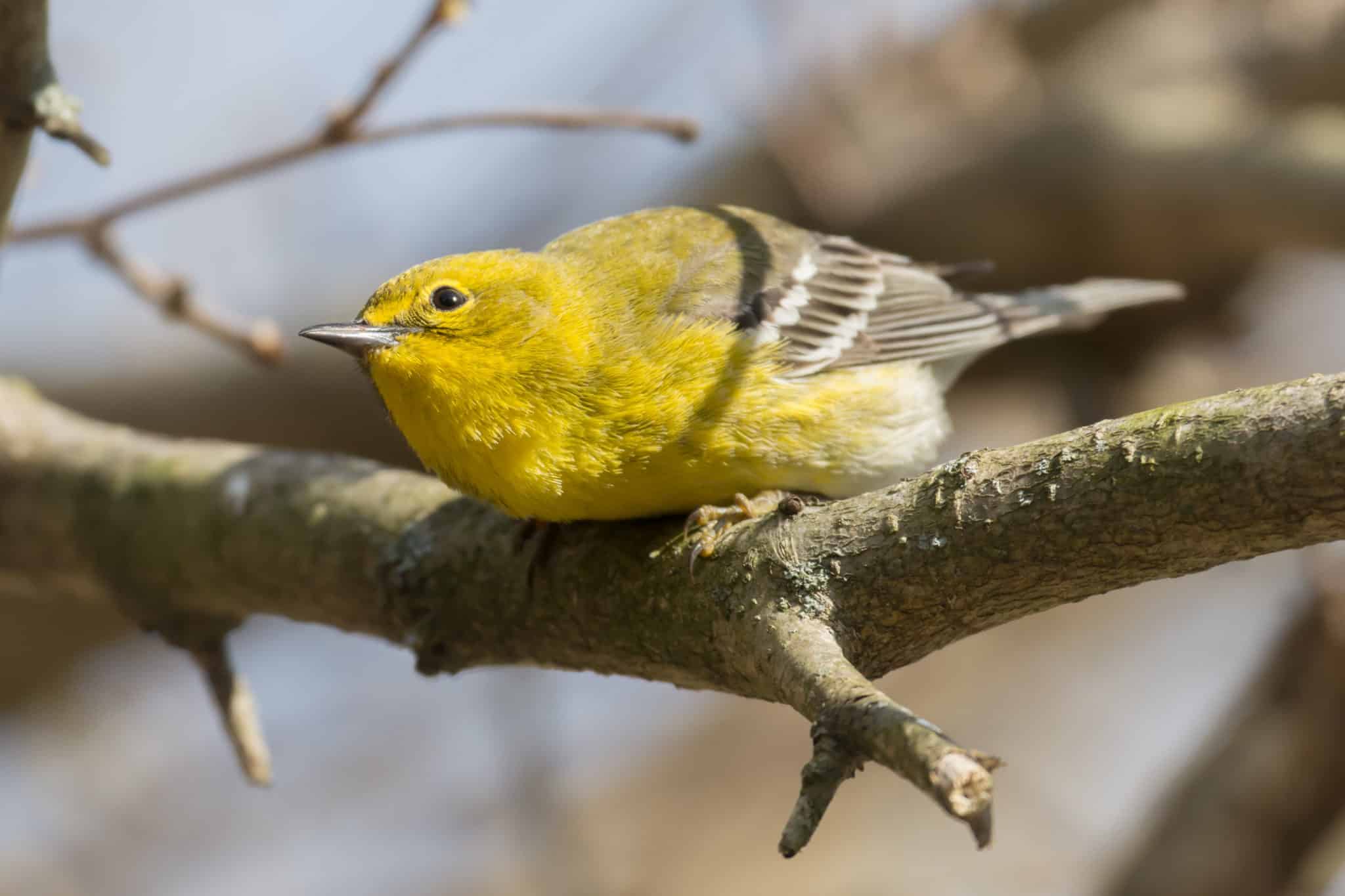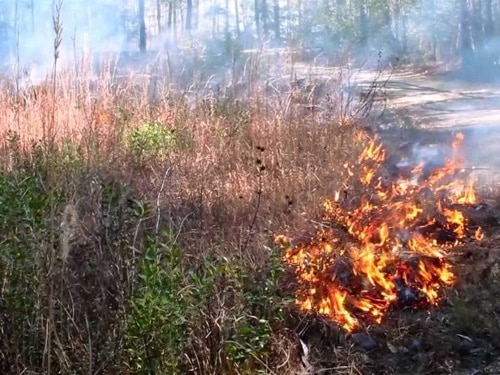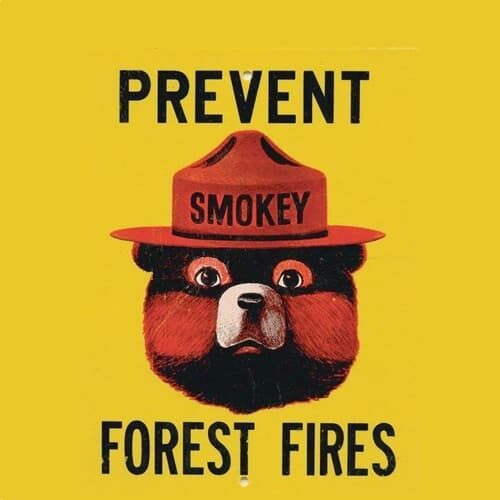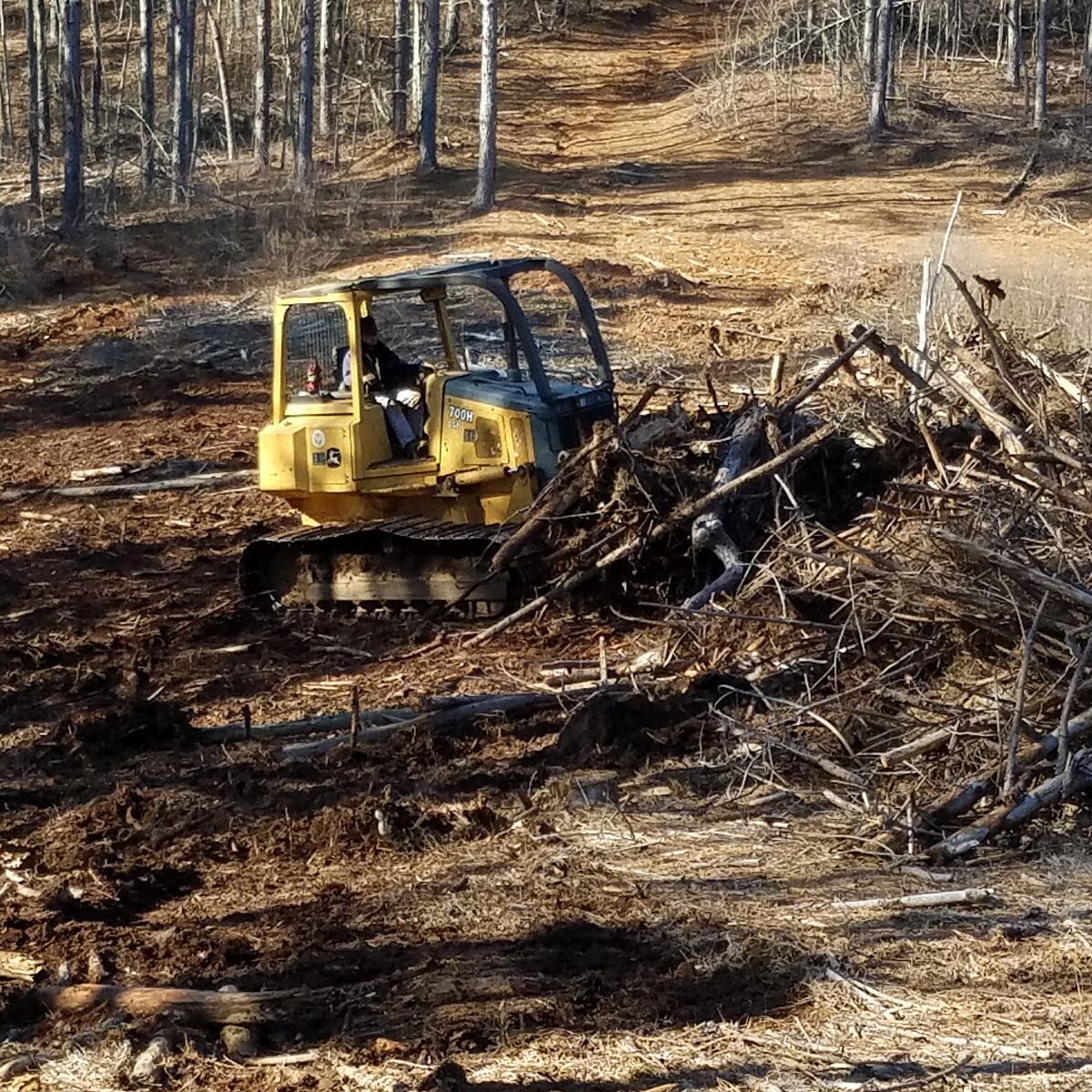Pine Warbler
Setophaga pinus
Status: Secure
Pine Warblers are small yellow birds with olive green backs. As the name suggests, they like to nest in pine trees. These warblers are rarely seen away from pine trees. Pine warblers will nest and feed around these trees.


Habitat & Range
Pine warblers are found throughout Eastern Canada and Northeastern areas of the U.S. The warblers stay in open pine woods and pine savannas. Due to logging of pines and suppression of natural fires, the pine savannas have been slowly declining.
Food Web & Energy Flow
Pine warblers mostly feed on insects and berries. Staying near the pine trees, they will search around the tree trunks for insects or on the tree branches. During the colder seasons, these warblers will sometimes eat seeds, which is not common for most warblers.
Relationship to Fire
Pine warblers consume most of the insects and seeds found on the forest floor. After a prescribed fire happens, seeds and other material may fall to the ground leaving more food for the birds to eat. Without these frequent fires, it may become harder for the birds to find food, which may cause the birds to roam further away from their nesting sites. This can expose them to more predation the longer they take finding food. Also the pine population has been slowly declining because of natural fire suppression.

Conservation Status
As of now the pine warblers are in a stable condition and have an overall Secure conservation status. These warblers are still facing habitat loss due to human development and fire suppression.

Human Impacts/ Threats

Fire Suppression
Many people think of fires in the forest as bad, so they work hard to prevent or suppress them. But longleaf forests NEED regular fire to support habitat for the species that live there!

Land Use Conversion
Longleaf forests and the habitat it supports is being cleared or converted to use the land for other uses like houses, roads, agriculture, and even to grow different types of trees to sell.
Resources
Audubon. Guide to North American Birds
The Intown Hawk. Wildlife in an Urban Neighborhood
Missouri Department of Conservation. Field Guide
